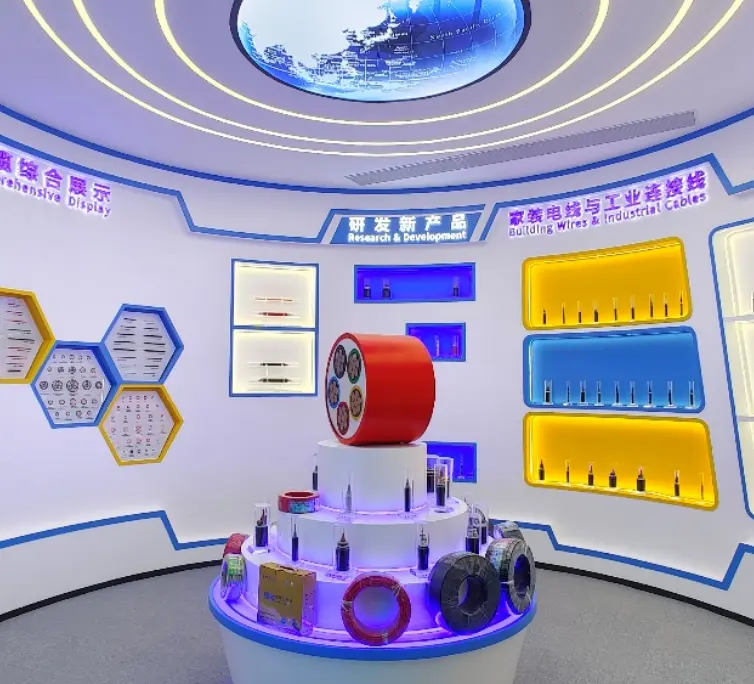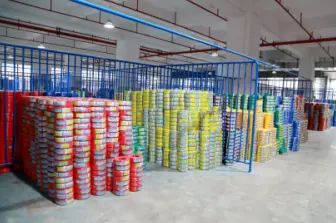Last Line of Defense for Life: Flame-Retardant Cables vs. Fire-Resistant Cables, How to Choose for Safety?
In fire incidents, power lines often become the "accomplice" in the spread of flames. However, there is a special type of cable that can act as a "hero" in critical moments—fire-resistant and flame-retardant cables, the "safety duo," which are quietly changing the landscape of modern building fire prevention. What makes them so remarkable? In the face of life safety, how should we make the correct choice?
Flame-Retardant Cables: The "Isolator" in a Fire Scene
Flame-retardant cables use special formulations (such as adding aluminum hydroxide flame retardants) and structural designs to effectively suppress the spread of flames when exposed to open fire. The core principle is to reduce the flammability of materials, slow down the burning speed, and automatically extinguish within 60 seconds after the fire source is cut off, creating a protective effect similar to a fire isolation belt. A fire incident in a high-rise office building showed that the spread of flames was reduced by 47% on floors using flame-retardant cables, providing valuable time for personnel to escape.
These types of cables are widely used in densely populated places such as subway tunnels and commercial complexes. Their iconic ZA, ZB, and ZC flame-retardant grade classifications (based on GB/T 19666 standards) provide precise selection solutions for different scenarios. However, it should be noted that flame-retardant cables are not completely non-flammable and will still be damaged under continuous high temperatures.
Fire-Resistant Cables: The "Lifeline" in a Sea of Flames
The secret of fire-resistant cables lies in their unique mica tape wrapping structure, allowing them to maintain circuit continuity for more than 90 minutes even in intense fires of 750°C-950°C. In a hospital fire in 2021, it was the fire-resistant cables that supported the operation of emergency lighting and fire systems, ensuring the safe transfer of 368 patients.
This "rebirth from the fire" characteristic comes from a dual-layer protection mechanism: the outer flame-retardant material delays combustion, while the inner mica layer maintains insulation. From power plants to nuclear power stations, from fire systems to escape routes, fire-resistant cables (NH type) build a true safety network. Experimental data shows that high-quality fire-resistant cables can maintain circuit integrity for up to 180 minutes in simulated fire conditions.
Choosing Wisely: There Is No Standard Answer for Safety
Faced with the dilemma of choice, industry experts provide a golden rule: "Flame-retardant to prevent spread, fire-resistant to ensure power supply." Densely populated areas should use a combination—flame-retardant cables to build horizontal fire barriers and fire-resistant cables to ensure the vertical life support system. A smart campus project that adopted a combination of "ZB grade flame-retardant + IA grade fire-resistant" reduced fire damage by 62%.
In today's era of smart city development, cables are not just energy carriers but also safety guardians. Understanding the essential differences between flame-retardant and fire-resistant cables and scientifically configuring them based on building characteristics will weave a more comprehensive safety protection net. After all, in the life-and-death race against time in a fire scene, the correct choice could be the "lifeline".
Latest News & Blog
 English
English  français
français  Deutsch
Deutsch  العربية
العربية  tiếng việt
tiếng việt  ไทย
ไทย  čeština
čeština  Indonesia
Indonesia  Eesti
Eesti  български
български  slovenčina
slovenčina 



